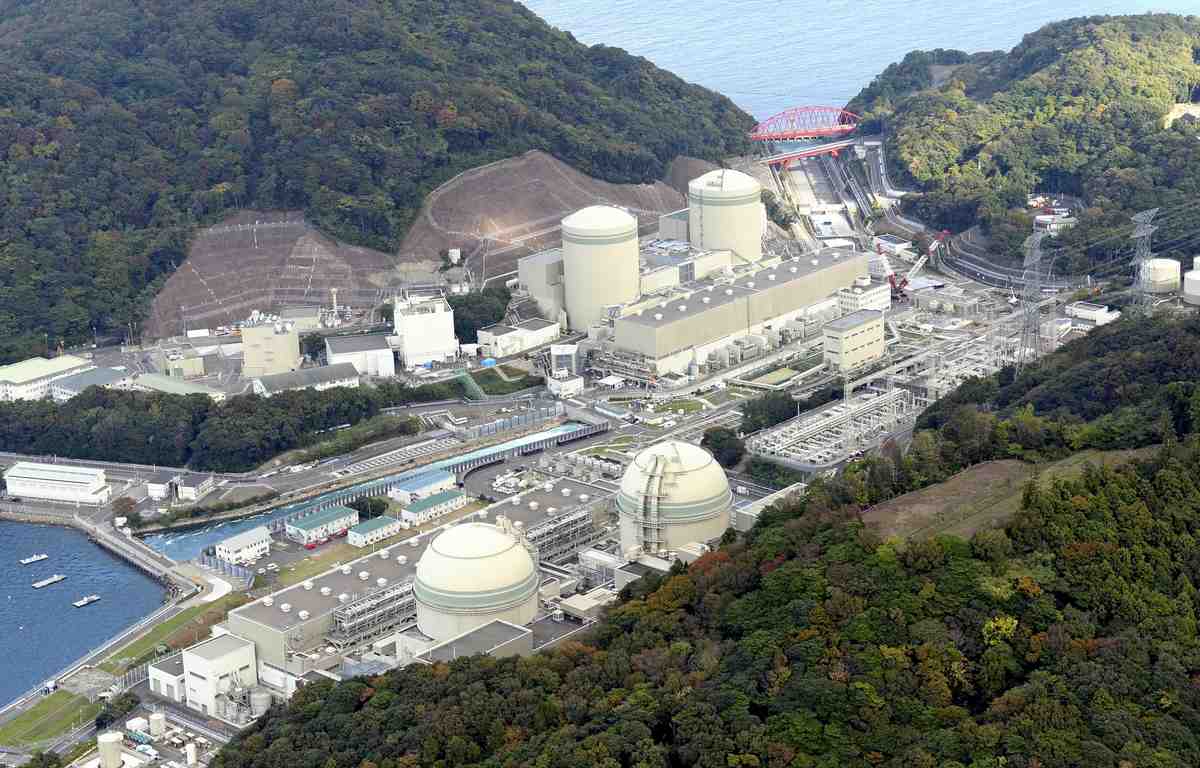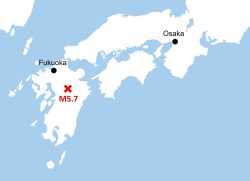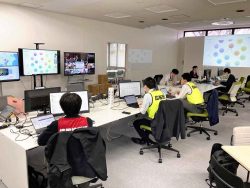Japan’s Ratio of Nuclear Reactors Over 40 Half Global Average, Yomiuri Investigation Finds

The Takahama nuclear power plant in the town of Takahama, Fukui Prefecture, as seen from a Yomiuri Shimbun helicopter in November
17:15 JST, January 10, 2025
About 40% of nuclear reactors at nuclear power plants around the world in 2025 will have been operating for at least 40 years, according to an analysis by The Yomiuri Shimbun.
However, only 20% of nuclear reactors in Japan will have been operating for this length of time, a situation experts put down to the 40-year limit on the operational lifespan of reactors imposed following the 2011 accident at the Fukushima No. 1 nuclear power plant and new regulatory standards that demand extremely strict safety measures.
The findings of the Yomiuri analysis clearly illustrate that many nations – unlike Japan – have long been relying on their nuclear reactors to meet their power needs in the long term.
Many nations safely operate nuclear reactors for more than 40 years and conduct thorough inspections to ensure these facilities stay in good condition. However, the legal lifespan of reactors in Japan is capped at 40 years under the Reactor Regulation Law, which was revised under a bipartisan agreement in 2012, when the now-defunct Democratic Party of Japan was in power. A reactor can be permitted to operate for up to 20 more years if the Nuclear Regulation Authority certifies it is safe.
The Yomiuri Shimbun examined publicly available materials from the International Atomic Energy Agency, the Japan Atomic Industrial Forum, Inc. and other entities to determine the total number of nuclear reactors that in 2025 will have been operating for at least 40 years. The investigation found that, as of Thursday, 173 of the 431 reactors operating in 2025, about 40%, will have been operating for more than four decades. A record-high 32 reactors reached this threshold during the previous year.
The United States is the world’s biggest user of nuclear power. Sixty-four of the 94 reactors in the United States, about 68%, will have been operating for at least 40 years, seven more than the 2024 figure.
Of the 33 reactors in Japan, four have already been operating for more than 40 years. Three more will reach the mark in 2025 — the No. 3 and No. 4 reactors at the Takahama nuclear power plant in Fukui Prefecture and the No. 2 reactor at the Sendai nuclear power plant in Kagoshima Prefecture. The seven reactors make up 21% of the total.
A total of 11 reactors, including 10 at the Fukushima No. 1 and No. 2 nuclear plants, have been set for decommissioning since the 2011 accident. Seven of these reactors are less than 40 years old.
Hisanori Nei, a professor emeritus at the National Graduate Institute for Policy Studies, said the impact of the new regulatory standards and the 40-year rule was significant.
“Making reactors more earthquake-resistant and constructing seawalls is hugely expensive,” said Nei, an expert in nuclear safety policy. “Many operators decided it wouldn’t be profitable to do this work.”
"Society" POPULAR ARTICLE
-

M4.9 Earthquake Hits Tokyo, Neighboring Prefectures
-

M7.5 Earthquake Hits Northern Japan; Tsunami Waves Observed in Hokkaido, Aomori and Iwate Prefectures
-

Tsukiji Market Urges Tourists to Avoid Visiting in Year-End
-

Israeli Tourists Refused Accommodation at Hotel in Japan’s Nagano Pref., Prompting Protest by Israeli Embassy and Probe by Prefecture
-

M5.7 Earthquake Hits Japan’s Kumamoto Pref., Measuring Upper 5 Intensity, No Tsunami Expected
JN ACCESS RANKING
-

Keidanren Chairman Yoshinobu Tsutsui Visits Kashiwazaki-Kariwa Nuclear Power Plant; Inspects New Emergency Safety System
-

Imports of Rare Earths from China Facing Delays, May Be Caused by Deterioration of Japan-China Relations
-

University of Tokyo Professor Discusses Japanese Economic Security in Interview Ahead of Forum
-

Japan Pulls out of Vietnam Nuclear Project, Complicating Hanoi’s Power Plans
-

Govt Aims to Expand NISA Program Lineup, Abolish Age Restriction






















